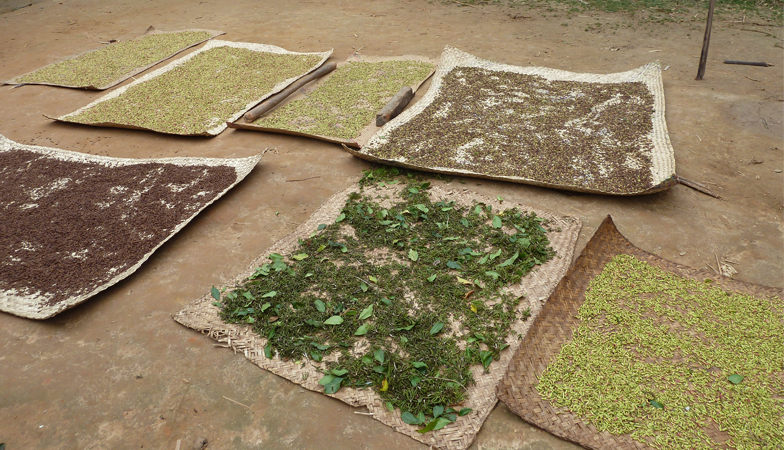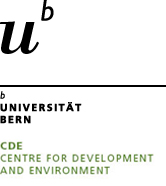Exploring clove production in Indonesia: Comparable to the Madagascar case study?
By ETH PostDoc Enrico Celio
Madagascar has become the number one exporter of cloves. In our case study in Northeastern Madagascar, cloves attract a lot of attention from local farmers and are therefore significantly shaping the landscape. When asked the question, “Where do cloves go after harvest?”, local farmers did not know where the cloves went after being taken to the nearby district capital.
Our hypothesis regarding the clove value-chain is that cloves are exported abroad (to the global North) and processed there. Using that logic, Madagascar would be connected to a world market, including the respective price mechanisms and trade regulations. Those mechanisms would shape the relation of Madagascar to other clove-producing socio-ecological systems.

We expect other clove production areas (or socio-ecological systems) to be somehow connected. To gain knowledge about such an entangled system, we got the chance to take a closer look at the world’s biggest producer of cloves: Indonesia.
With the help of an ETH GLOBAL seed money grant, we started a collaboration with CIFOR and ICRAF in Bogor, Indonesia. We used a three-week visit in Indonesia to explore clove production systems in South Sulawesi and to work on a joint project design.

We found similar landscape and structure of the value-chain. At the same time, clove production in South Sulawesi is absorbing more input (fertilizer, pesticide) than in Madagascar. Production in monoculture-like plantations is more common. Clove prices at the farm gate level seem to be higher in Indonesia. Most importantly, there is potential that farmers in Madagascar and Indonesia could learn from each other (e.g., how to produce most efficiently and/or in an organic way and/or how to position themselves in the (global) value-chain).
By showing videos from Madagascar in Indonesia, a first step toward learning from each other’s experiences was made. Indonesian farmers were eager to hear about Madagascar and as a next step, video material from Indonesia will be brought to Madagascar, preparing the floor for a potentially more intensive exchange.
